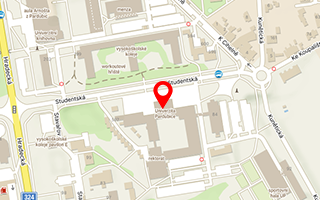Publikace detail
Dynamické a tribologické aspekty kontaktu kolo-kolejnice
Autoři:
Kaloč Rudolf | Kout Jan | Beneš Libor
Rok: 2005
Druh publikace: ostatní - přednáška nebo poster
Název zdroje: Mezinárodní vědecká konference VŠB-TU Ostrava 2005
Název nakladatele: Vysoká škola báňská-Technická univerzita Ostrava
Místo vydání:
Strana od-do:
